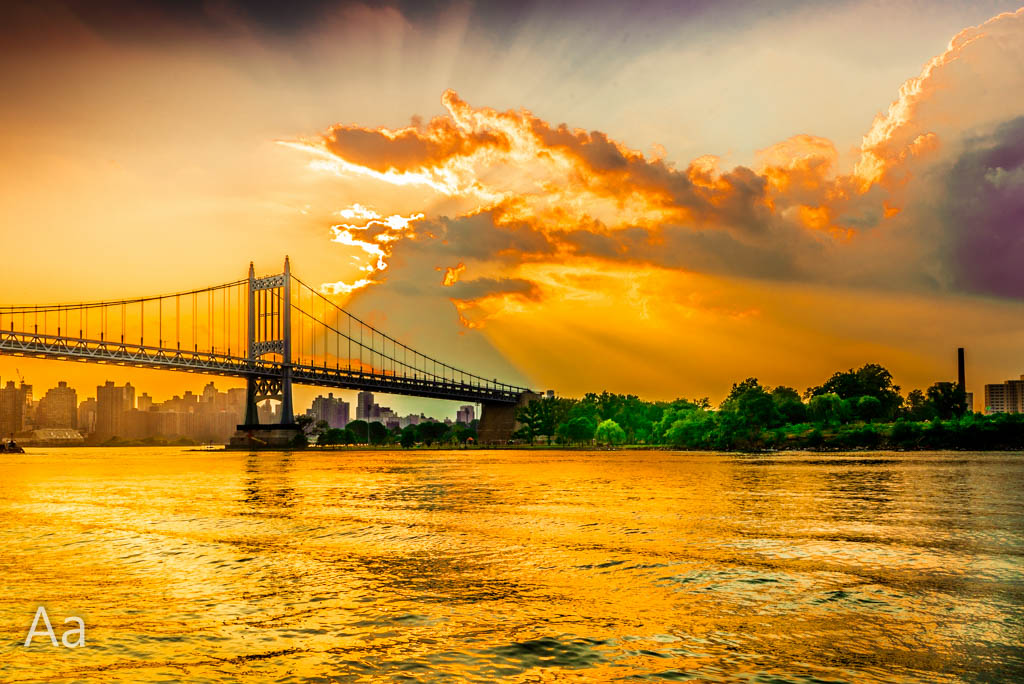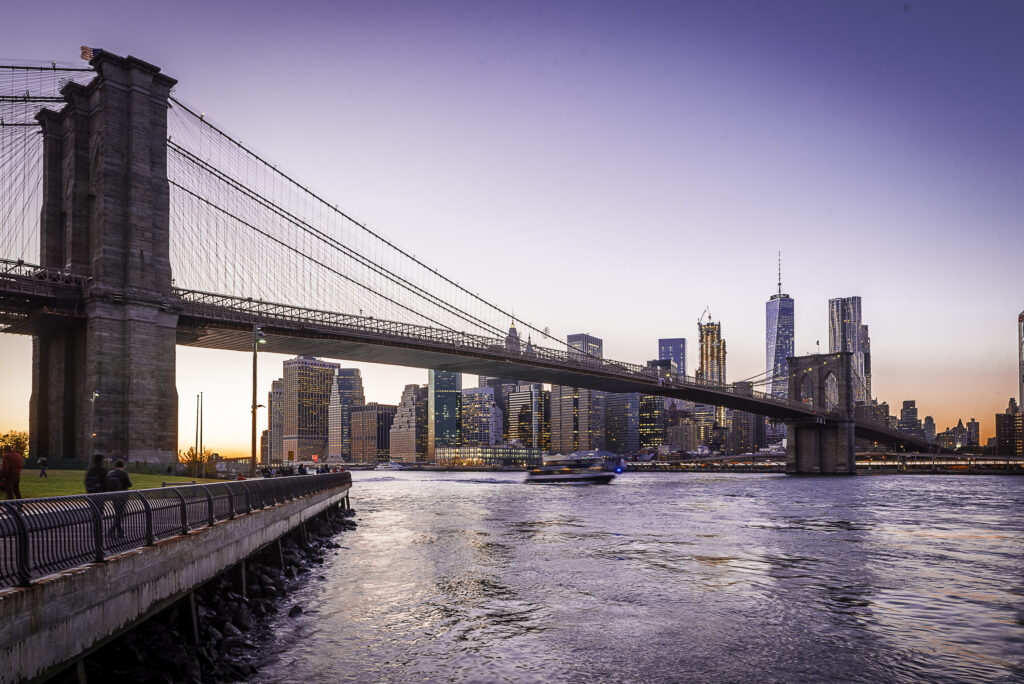
Landscape photography is more than just taking pictures of the environment; it’s about conveying the profound emotions that majestic natural scenes evoke. In this guide, we delve into the techniques and philosophies that can elevate your landscape images from snapshots to fine art.
Understanding the Landscape
Connection with Nature
- Embrace the Scene: Spend time in nature without the camera first. Understand the mood and spirit of the place.
Time and Patience
- The Waiting Game: Often, the perfect light or moment takes time to arrive. Patience is your true companion.
Composition and Perspective
Rule of Thirds
- Balancing Elements: Place interesting elements at the intersections of your frame for a balanced composition.
Leading Lines
- Guide the Viewer: Use natural lines—rivers, paths, or rock formations—to lead the eye through the photograph.
Framing
- Natural Frames: Frame your shots with tree branches, windows, or archways for depth.
Light and Time
The Magic Hours
- Golden Hour: The time just after sunrise or before sunset provides warm lighting.
- Blue Hour: The twilight period offers a cool, serene light perfect for landscapes with water or cityscapes.
Weather Conditions
- Dramatic Skies: Overcast or stormy skies can add emotion and drama to your landscapes.
- Mist and Fog: They can simplify a scene and give it a mysterious quality.
Technical Proficiency
Focus and Depth of Field
- Sharpness Throughout: Use a small aperture (high f-number) to keep the entire landscape in sharp focus.
Filters
- Polarizing Filters: Enhance the blues of the sky or manage reflections.
- ND Filters: Balance the exposure or capture motion, like flowing water, during daylight.
The Gear
Tripod
- Stability is Key: A sturdy tripod is essential for sharp images, especially in low light.
Lens Choices
- Wide Angle: For vast scenes.
- Telephoto: To compress distance and bring faraway subjects closer.
In the Field
Preparation
- Scout the Location: Use apps to track sun position and weather patterns.
- Safety First: Always be aware of your surroundings and the weather conditions.
Experimentation
- Different Angles: Don’t just shoot from eye level. Try different perspectives.
- Time-Lapse: Show the passage of time in a landscape with a time-lapse video.
Post-Processing
Color Correction
- Natural Hues: Ensure colors are true to life unless you aim for a specific artistic effect.
Editing Software
- Refining Images: Use tools like Lightroom or Photoshop to enhance contrast, adjust exposure, and sharpen details.
Ethical Considerations
Leave No Trace
- Preservation: Be mindful of the environment. Leave the landscape as you found it, if not better.
Respect for Wildlife
- Disturbance: Keep a respectful distance from wildlife. Your photo is not worth causing stress to animals.
Her is my Vision for an image that captures the warm glow of sunrise as it hits the peaks.

A hauntingly beautiful image of a forest cloaked in morning mist.

The sun dipping below the horizon, captured with a long exposure to smooth the water.

Final Thoughts
Landscape photography is as much about the experience as it is about the outcome. It’s a journey into the beauty of the natural world and a quest to capture its essence. With these tips, you’re on your way to creating compelling images that tell the story of the earth’s majestic landscapes.
